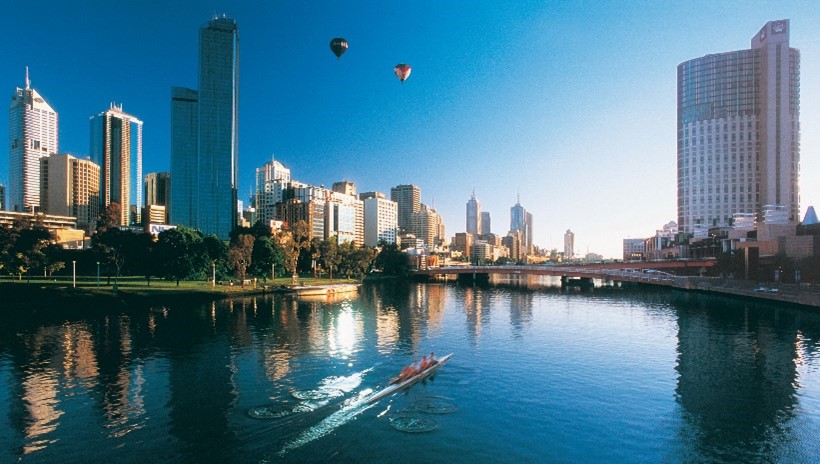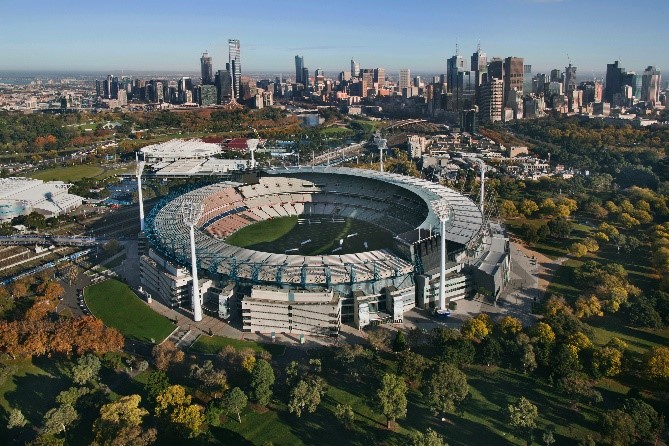Go on a geological voyage of discovery at Wolverhampton Art Gallery when it hosts a talk about the Black Country’s most amazing natural attractions. Geology expert Graham Worton, curator and keeper of geology at Dudley Museum, will be at the Lichfield Street gallery on Tuesday, September 6, between 1.30pm and 2.30pm, to reveal the region’s impressive geological pedigree.
In his free talk ‘The Geological Heartland: Global Recognition for the Black Country?’ Graham will explore one of the Black Country’s most incredible attractions ‘The Singing Cavern’.
He will also highlight the major initiative currently under way by Wolverhampton, Dudley, Sandwell and Walsall councils to earn the Black Country internationally-recognised UNESCO Global Geopark status.
Graham will explain how the area contains some of the most important sites of mineral and fossil deposits in the world and how they should be protected and promoted.
He will take people on a fascinating verbal voyage into the world-famous ‘The Singing Cavern’, which lies deep under Dudley and is reached by a stunning Dudley Canal & Tunnel Trust underground narrowboat trip from Birmingham New Road.
Councillor John Reynolds, City of Wolverhampton Council Cabinet Member for City Economy, said: “This project is very important to Wolverhampton and the Black Country as we showcase the many areas and features that we believe make the region a perfect example of what it is to be a Global Geopark.
“The history of the city has been channelled by its geology, with coal under Bilston, and the brewery having made use of the special waters the geology delivers.
“We welcome Graham to the gallery to promote what is a regionally very important project to promote and protect one of the most important sites of mineral and fossil deposits in the world.”
The Singing Cavern, which was last mined in the early 19th century, features seven limestone pillars that support the roof and each weigh 300 tons, as well as two loading shafts.
The cavern is one of many incredible features in the Black Country. Its past ancient environments of shallow tropical limestone seas, vast steaming swamp forests, scorching deserts and frozen icy wastelands created the very varied patchwork of rock types and geological structures that we can see and explore today.
The amazing rock layers span more than 428 million years of the history of the planet and contain some of the most beautiful and rare fossils and richest deposits of industrial minerals to be found anywhere on Earth.
The area has impressive geological pedigree. It is home to an internationally important geological ‘national treasure’ – The Wren’s Nest National Nature Reserve (NNR).
This was England’s first ever national nature reserve for solid geology and was designated in 1956 for the quality of its fossil beds and geological structures.
The area also has 16 nationally important Sites of Special Scientific Interest (SSSIs), and 105 sites of Importance for Nature Conservation which are protected within the planning and development framework of the Black Country.

















